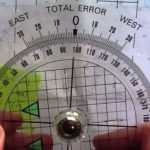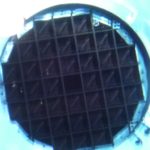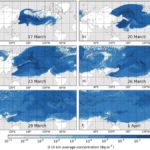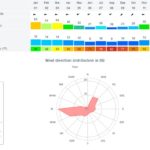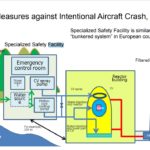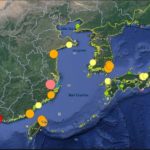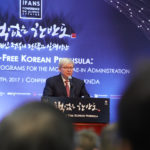
KEVIN RUDD DECEMBER 21, 2017 I. INTRODUCTION In this essay, Kevin Rudd argues: “Diplomacy will be essential to avoid sleepwalking into war in Northeast Asia, and to achieve the denuclearization of the Korean Peninsula. The key objective is to preserve peace and prosperity in the region. Armed conflict on the Korean Peninsula is an increasing possibility – […]



